Toshinari Ota
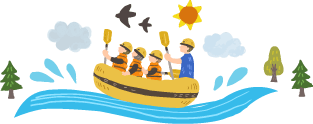
I want to convey the splendor of the waterside embraced by nature.
He continues to travel the world, chasing rivers all over the world. After continuing this lifestyle as a river guide, Mr. Ota settled down in Kamikawa Town. The rivers, mountains, and people are wonderful. He and his wife, who fell in love with the area and moved to Daisetsuzan five years ago, convey the wonder of playing in nature through river rafting and the beauty of the waterside, which shows various expressions depending on the season.
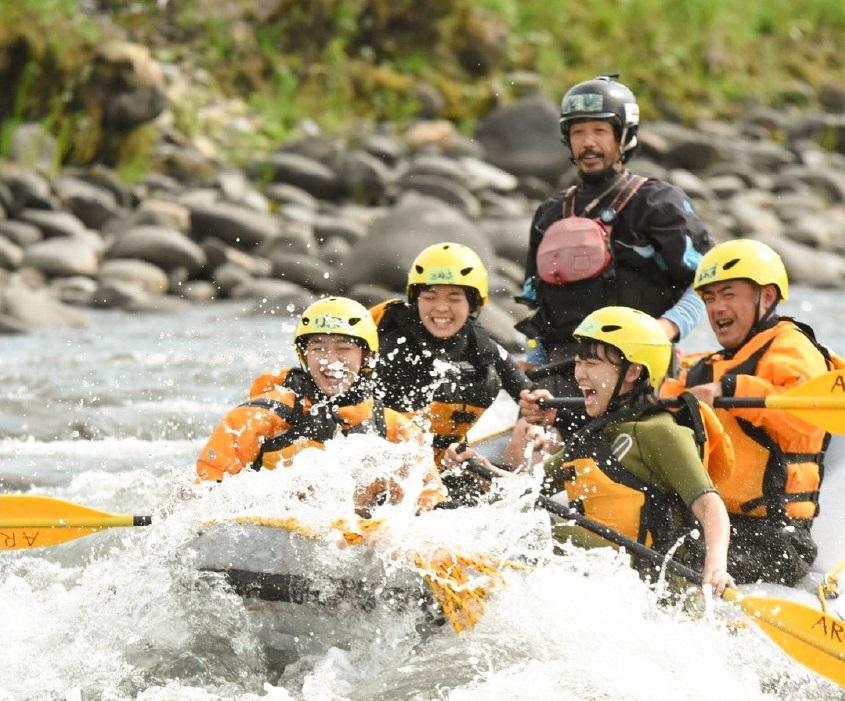
Feeling the same attraction to river rafting as to winter mountain backcountry
Originally from Tomakomai, Hokkaido, Mr. Ota fell in love with snowboarding and enjoyed a life of snowboarding while working at a ski resort in Niseko. Sometimes he would go into the backcountry and try his hand at skiing on pristine terrain covered in powder snow. Unlike slopes, backcountry skiing is done in areas that have not been artificially created. A fantastic monotone world unfolds before your eyes. The time of year, weather, temperature, wind, snowfall, etc. are all different, and you will never ski under the same conditions. The beauty of backcountry skiing is that you ski while interacting with nature according to the conditions of the moment. In Niseko, I also had the opportunity to help out a snowboard instructor.
It was also in Niseko that I discovered river rafting. When he experienced river rafting in the summer with an Australian rafting instructor, he recalls, “I got the same feeling as backcountry rafting in the heart of the wilderness. After that, Ota-san’s fascination with rafting led him to the Yoshino River in Shikoku, which is considered the highest peak of rafting in Japan due to its raging rapids, and then to New Zealand, where instructors from all over the world visit to obtain high-level qualifications.
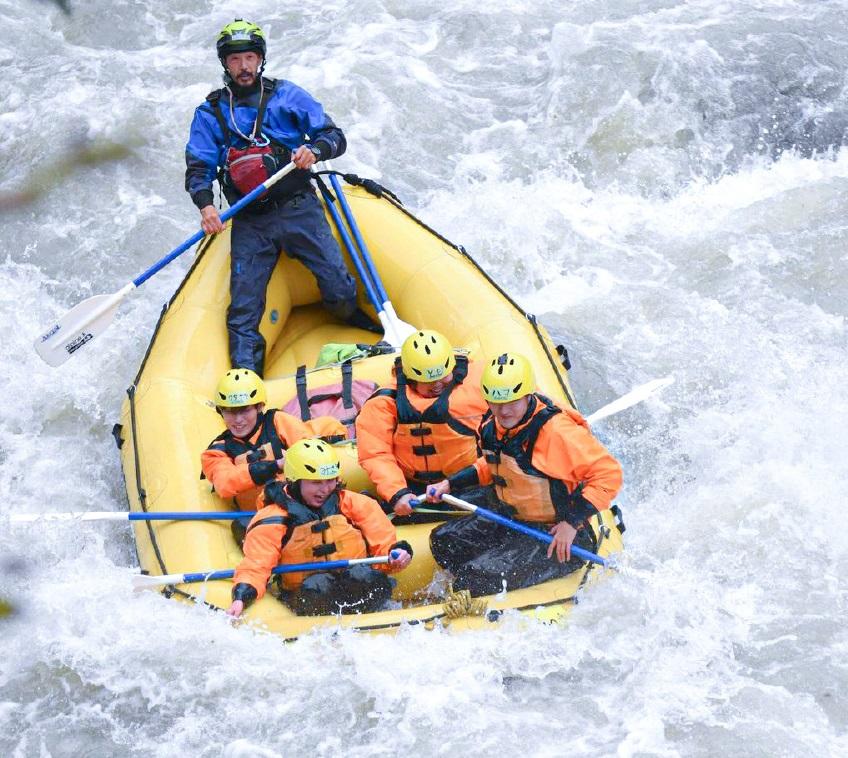
Obtaining the most difficult rafting guide certification in New Zealand
If river rafting in Japan is two-dimensional, rafting in New Zealand is three-dimensional, with the added dimension of height. At first, I couldn’t grasp what kind of situation I was in and was tossed about by the steep water currents. Some rafting tours in New Zealand take you down waterfalls with a height difference of 7 meters, and by struggling in such harsh conditions, I learned how to read the water, manage safety, and other rafting skills that are accepted around the world. This is his second year in New Zealand. About seven years later, he became a Senior Guide, the most difficult certification required to become a tour leader. Rafting guides can find work anywhere in the world as long as they are qualified. Many people guide in the northern hemisphere when their southern hemisphere base is out of season. I can go anywhere in the world where there are rivers. I think such a free way of life suited my nature,” he laughs.
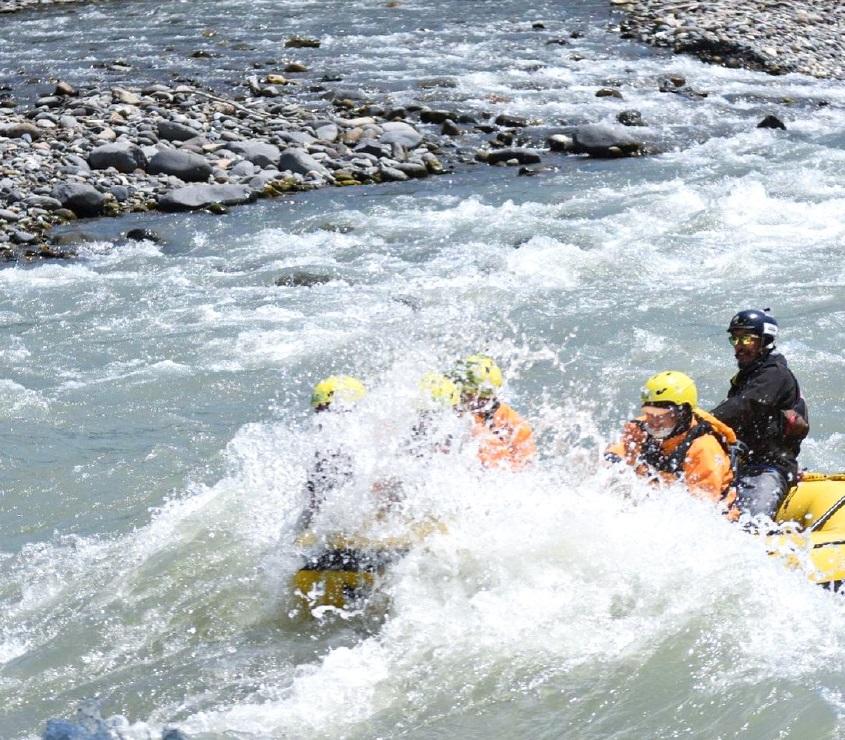
Choosing to put down roots in the Daisetsuzan Mountains and focus on the local community
While he felt happy in this way of life as a guide, it was around this time that he began to think about his family life and the environment in which he would raise his children. It reminded me of the Daisetsuzan Mountains, which I had previously visited as a ski guide. The 25-km-long valley with its columnar-jointed precipitous cliffs is followed by the rapids of the upper reaches of the Ishikari River. The Ishikari River, the main artery of Daisetsuzan National Park, would make an excellent rafting course. Convinced of this, Mr. Ota set up an office along the river at the entrance to Sounkyo and established “Alpine River Guide,” which plans and operates river rafting tours. He asked himself, “Do I follow the way of life as a guide? Or should I put down roots in the community and focus on the local area? I was torn between the two, but I thought it would be interesting to try the latter, considering my age,” he says emphatically.
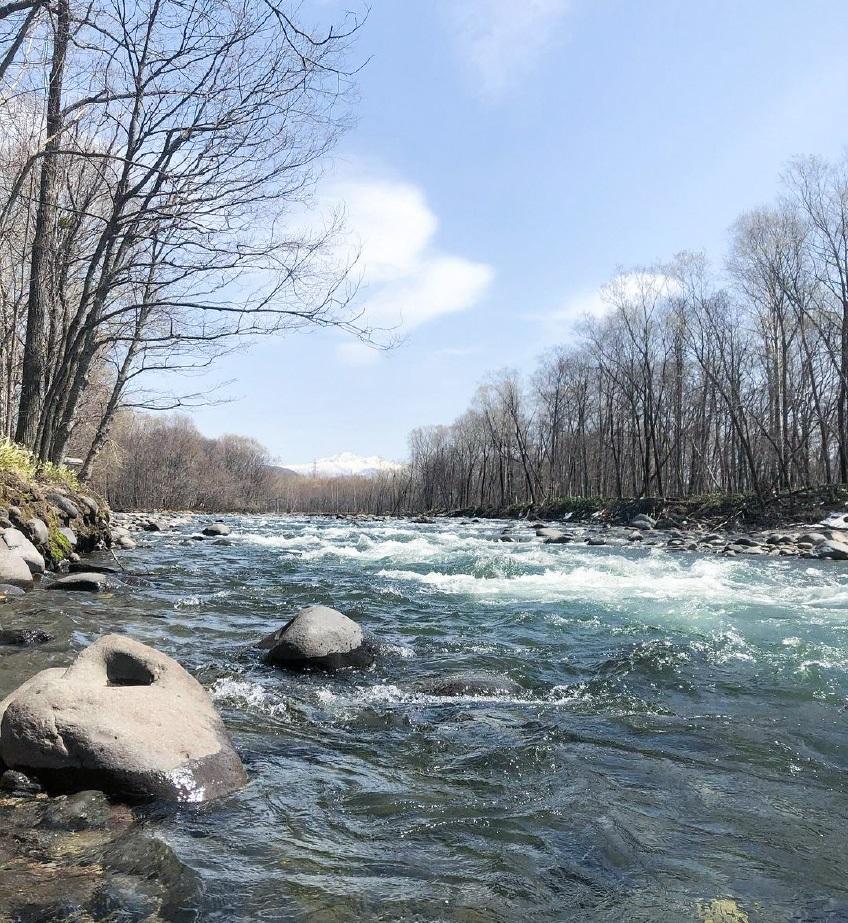
Endless play spreading out along the water’s edge, which changes from moment to moment with the seasons.
The Alpine River Guides divide the river into 11 to 12 sections (8 to 9 km) from Sounkyo and Ohako in the upper reaches of the Ishikari River, through the rolling urban area of Asahikawa, to Kamuikotan, and change the guided course according to the season by assessing the condition of the riverside forest and the amount of water. In early spring, when the snow begins to melt in earnest, visitors can enjoy some of the most dramatic whitewater rafting in the province at the Okako and Kohako sections and the Nino-iwa section. In June, when the greenery becomes lush and green, the water is flowing in all sections, making it the best season to enjoy rafting, whether it is intense rafting or gentle family rafting. In summer, when the mountains hold back the water, the volume of water is much lower, but there is still a wide variety of fun to be had, such as jumping into the river or swimming under the midsummer sun. Autumn, when the leaves begin to change colors, offers a different view, and in early September, when the water rises, visitors can enjoy river rafting along sections of the river that were not accessible in summer. As you can see, the river looks different depending on the season, and there are many ways to enjoy it. Half-day and full-day tours are available, and custom tours also include camping and fishing. There are endless possibilities for waterfront fun in the Daisetsuzan.
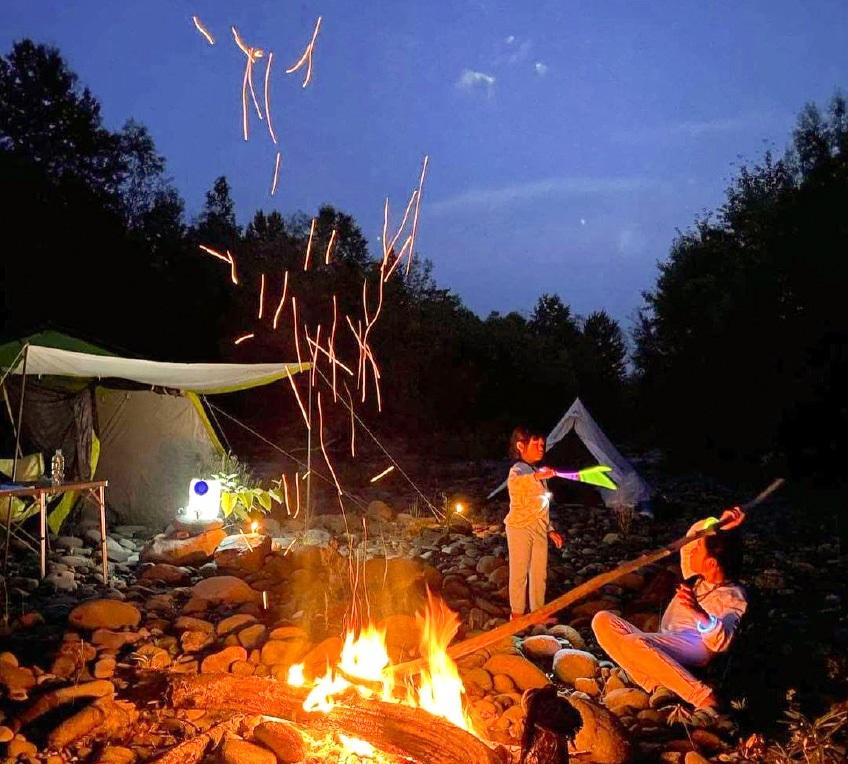
Time to face the river and feel the connection with the “life of the earth
We want you to enjoy your time by the water longer and deeper. I was happy to hear local people say that their views of their hometown changed dramatically after participating in the tour. I would be happy if the tour could help more people to see the charm of the river and to pay attention to the environment, such as the fact that there is a lot of garbage on the river or that the river water is polluted by wastewater from daily life. My goal is to increase the number of fans of the waterfront. Ota quietly and deeply pondered what he thinks about when he faces the river. “I feel as if I feel life in the mountains and rivers. I feel comfortable being connected to them.


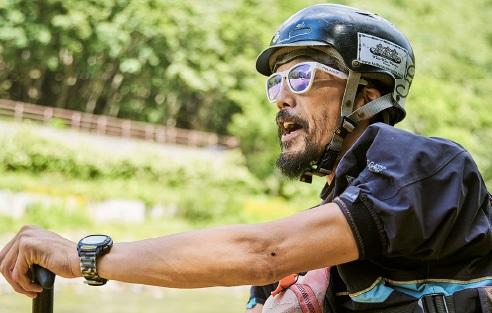
New Zealand Rafting Association (NZRA) Grade 4/5 Senior Guide
British Columbia River Outfitters Association (BCROA) Trip Leader (oar/paddle)
Rescue 3 Swiftwater Rescue Technician (SRT) I
Wilderness First Aid First Responder (80h)
Active Member, Canadian Avalanche Association
Japan Avalanche Network Avalanche Worker Level 1
After graduating from college, he began snowboarding, which led him to work in winter sports and other nature-related jobs. It was during this time that he met his wife Mari. Later, he obtained a national certification as a rafting guide in New Zealand. He has guided whitewater rafting in Japan, New Zealand, Canada, Zambia, Uganda, and the United States. From the company office to his home, he loves to go down the Ishikari River and back.
